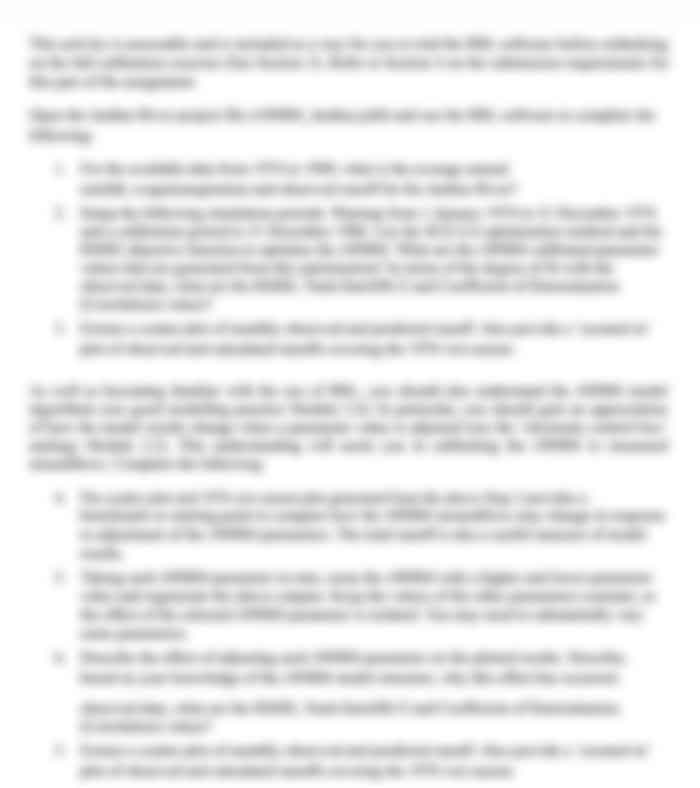Apply Structural Principles to the Construction
Introduction
The CPCCBC6014A unit focuses on the application of structural principles in the construction industry. This unit is essential for construction professionals who need to ensure that structures are designed and built according to safety standards, regulatory requirements, and best practices. In this assignment, we will explore the key aspects of applying structural principles to construction projects, including load analysis, material selection, and compliance with building codes.
Understanding Structural Principles
Structural principles are the foundation of any construction project. They involve the study of forces and how they affect structures. The primary goal is to ensure that buildings and other structures can withstand various loads, including dead loads, live loads, wind loads, and seismic forces. Understanding these principles is crucial for maintaining the integrity and safety of a structure.
Load Analysis
Load analysis is a critical component of applying structural principles. It involves calculating the forces that a structure will be subjected to during its lifetime. These forces can come from various sources, such as the weight of the structure itself (dead load), the weight of occupants and furniture (live load), and environmental factors like wind and earthquakes.
Dead Loads
Dead loads are the permanent, static forces acting on a structure. These include the weight of walls, floors, roofs, and other permanent elements. Accurate calculation of dead loads is essential for ensuring that the structure can support its own weight without failing.
Live Loads
Live loads are the temporary or dynamic forces acting on a structure. These include the weight of people, furniture, and movable equipment. Live loads can vary over time, so its important to design structures that can accommodate these changes without compromising safety.
Wind Loads and Seismic Forces
Wind loads and seismic forces are environmental factors that must be considered in structural design. Wind can exert significant pressure on the sides of buildings, while seismic forces can cause the ground to shake, potentially leading to structural failure. Engineers must design structures to withstand these forces, especially in areas prone to high winds or earthquakes.
Material Selection
Material selection is another crucial aspect of applying structural principles. The materials used in construction must be chosen based on their strength, durability, and suitability for the intended purpose. Common materials include steel, concrete, wood, and masonry, each with its own set of characteristics and applications.
Steel
Steel is known for its high strength-to-weight ratio and is commonly used in the construction of high-rise buildings and bridges. It can withstand significant tensile forces and is resistant to compression, making it ideal for use in structural frameworks.
Concrete
Concrete is a versatile material used in a wide range of construction applications. It has excellent compressive strength but relatively low tensile strength, so it is often reinforced with steel bars (rebar) to improve its performance in tension.
Wood
Wood is a traditional construction material that is still widely used today, especially in residential buildings. It is lightweight, easy to work with, and has good tensile and compressive strength. However, it is susceptible to decay and must be protected from moisture and pests.
Masonry
Masonry materials, such as bricks and stones, are used for their aesthetic appeal and durability. They have good compressive strength and are often used in the construction of walls and foundations. However, masonry is heavy and requires careful consideration of the loads it will bear.
Compliance with Building Codes
Compliance with building codes is essential when applying structural principles to construction projects. Building codes are a set of regulations that govern the design, construction, and maintenance of structures to ensure public safety and welfare. They specify minimum standards for materials, construction methods, and load-bearing capacities.
National Construction Code (NCC)
In Australia, the National Construction Code (NCC) provides the guidelines for building design and construction. The NCC outlines the performance requirements for various aspects of construction, including structural integrity, fire safety, and energy efficiency. Compliance with the NCC is mandatory for all construction projects in Australia.
AS/NZS Standards
The Australian/New Zealand (AS/NZS) Standards are a set of technical standards that provide detailed specifications for materials, testing methods, and construction practices. These standards ensure that construction projects meet the required safety and quality standards.
Conclusion
Applying structural principles to construction is a complex but essential task that ensures the safety and durability of buildings and other structures. By understanding load analysis, selecting appropriate materials, and complying with building codes, construction professionals can design and build structures that stand the test of time. This assignment has highlighted the key aspects of structural principles, providing a foundation for further study and application in the field of construction.
This summary provides a comprehensive overview of the key elements of the CPCCBC6014A unit, emphasizing the importance of structural integrity in construction.
Are you struggling to keep up with the demands of your academic journey? Don't worry, we've got your back!
Exam Question Bank is your trusted partner in achieving academic excellence for all kind of technical and non-technical subjects. Our comprehensive range of academic services is designed to cater to students at every level. Whether you're a high school student, a college undergraduate, or pursuing advanced studies, we have the expertise and resources to support you.
To connect with expert and ask your query click here Exam Question Bank

